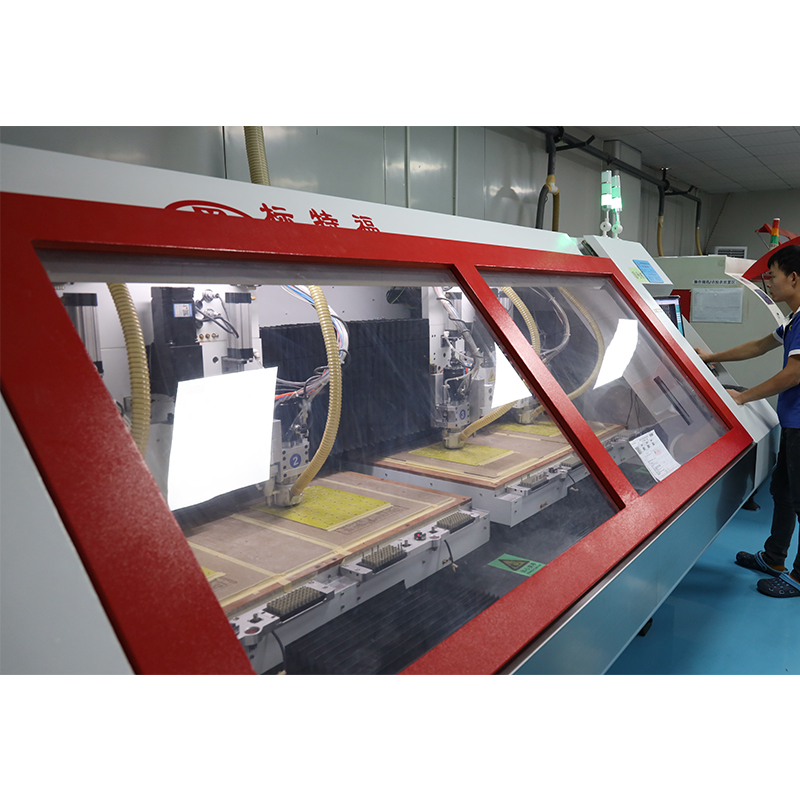Introduce:
In the world of circuit board manufacturing, choosing the right PCB (Printed Circuit Board) type is crucial to the success of your electronics project. Two popular options dominating the industry are rigid and flexible PCBs. Each type has unique advantages and considerations that make the decision-making process challenging for many people. In this blog, we will discuss the pros and cons of both PCB types to help you make an informed choice. As a trusted player in the circuit board manufacturing industry, Capel brings 15 years of experience and a dedicated team of technical experts to assist you throughout the selection process.
I. Understanding Rigid PCBs
Due to their strong and inflexible nature, rigid PCBs have been the traditional choice for many electronic applications. They are manufactured using a strong, rigid substrate, usually composed of fiberglass or composite epoxy resin. Here are some of the main features and benefits of rigid PCBs:
1. Mechanical Strength: Rigid PCBs have excellent mechanical strength and are ideal for applications requiring stability and support. Their sturdy construction makes them less susceptible to damage from external forces.
2. High component density: Rigid PCB enables high component density, which is beneficial for complex designs. This feature is particularly useful for devices that require a large number of components to be packed into a small area.
3. Heat dissipation: Due to its sturdy structure, rigid PCB is able to effectively dissipate heat, ensuring optimal performance and reliability even under intense thermal loads.
4. Cost-Effectiveness: Mass production of rigid PCBs often reduces unit costs, making them an economical choice for large electronics projects.
2. Explore flexible PCB
Flexible PCBs, as the name suggests, are designed to be flexible and can be bent or twisted to suit various applications. They are manufactured from flexible polymer substrates such as polyimide or PEEK (polyetheretherketone). Let’s take an in-depth look at the advantages and precautions of flexible PCB:
1. Space constraints: Flexible PCBs offer unparalleled installation flexibility, making them the best choice for compact devices where traditional rigid PCBs may not fit. Their ability to bend improves space utilization and increases design possibilities.
2. Weight reduction: Compared with rigid PCB, flexible PCB is lighter, which is very beneficial for portable devices that need to reduce weight.
3. Durability: Flexible PCB has high resistance to vibration, impact and impact, and is suitable for applications in harsh environments or frequently moving areas.
4. Complex circuits: These PCBs are capable of implementing complex circuits and wiring patterns due to their flexibility, making them the first choice for advanced electronic devices that require complex designs.
3.Factors to consider when choosing PCB type
Now that we have explored the advantages of rigid and flexible PCBs, let’s discuss some of the key factors to consider when choosing the right PCB type:
1. Application requirements: Understand the specific needs of your project. If a compact design, dynamic movement or lightweight construction is required, a flexible PCB may be the best choice. Rigid PCBs, on the other hand, excel in applications that require higher component density, stability, and mechanical strength.
2. Environmental and operating conditions: Assess the environmental conditions in which your electronic equipment operates. Flexible PCBs can provide better durability and longevity if exposed to extreme temperatures, excessive vibration, or other harsh conditions.
3. Cost and manufacturing considerations: Evaluate the manufacturing cost and feasibility of each PCB type. Rigid PCBs tend to be cost-effective to mass produce, while flexible PCBs may involve additional manufacturing steps and specialized equipment, resulting in higher costs.
4. Design complexity: Consider the complexity of the circuit design. If multiple layers are involved, complex wiring is required, or 3D space needs to be utilized, flexible PCBs may offer better design flexibility.
In conclusion:
Choosing the right PCB type is critical to the success of your electronics project. Rigid and flexible PCBs each have their own advantages and considerations. By understanding the unique features of each type and considering factors such as application requirements, environmental conditions, cost and design complexity, you will be able to make an informed decision. With Capel’s 15 years of circuit board manufacturing experience and a dedicated team of technical experts at your side, you can trust us to provide the guidance and support you need throughout the selection process. Keep in mind that the choice between rigid and flexible PCBs ultimately depends on the specific needs and goals of the project.
Post time: Nov-06-2023
Back







